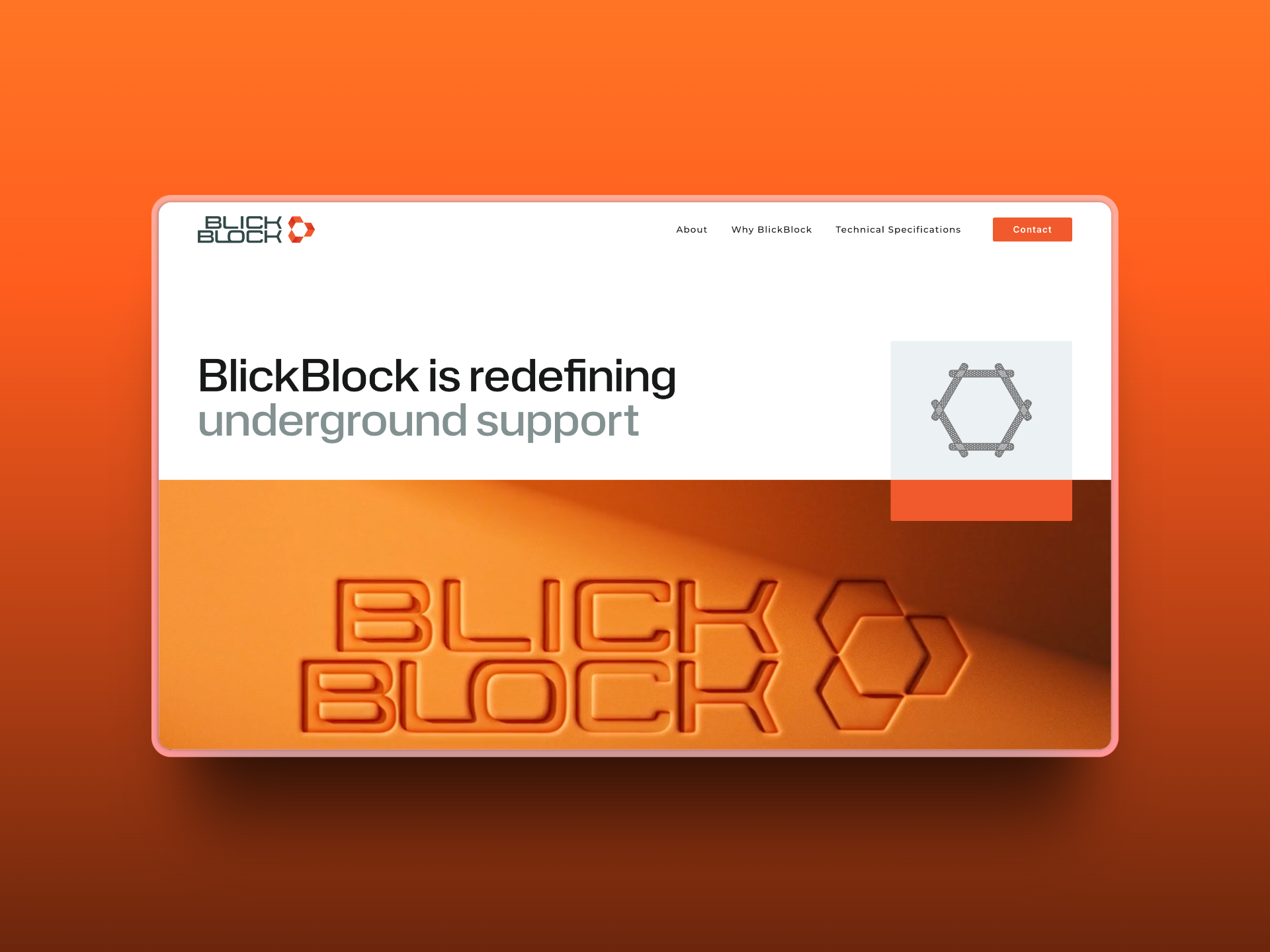Commerce is undergoing its most fundamental transformation since the invention of the internet. At Spark Interact, we’re not just observing this shift — we’re actively helping Australian businesses navigate and capitalise on it. The comfortable assumptions about how digital commerce works are being rewritten, and the businesses that recognise this early will define the next decade of success.
Where Commerce Stands Today
The Current Reality: Optimised but Outdated
Australian businesses have become sophisticated at digital commerce. We’ve mastered SEO, perfected conversion funnels, and optimised user experiences to the millisecond. E-commerce platforms are more powerful than ever, payment gateways are seamless, and mobile commerce is second nature.
Yet something fundamental is shifting. The very foundations of digital commerce — websites, shopping carts, checkout pages — are becoming optional rather than essential. We’re seeing AI companies reach $5 million in annual recurring revenue in nine months without traditional marketing funnels. Businesses are processing billions in transactions without customers ever seeing a website.
The infrastructure we’ve spent two decades perfecting is becoming invisible, replaced by something more fluid, intelligent, and instantaneous.
The Numbers Tell the Story
Consider the current landscape: Over a million Australian businesses now use digital payment platforms, yet only one in 50 sells internationally. Customer service expectations have compressed from 10-minute response times to 10-second demands. AI adoption among Australian businesses sits at 70%, but most are still experimenting rather than transforming.
These aren’t just statistics — they’re indicators of massive untapped potential. The tools exist, the infrastructure is ready, but most businesses are still playing by yesterday’s rules.
What’s Actually Happening: Three Fundamental Shifts
1. The Emergence of Non-Human Customers
We’re witnessing the birth of an entirely new customer category: artificial intelligence agents. These aren’t bots clicking through websites — they’re sophisticated systems making autonomous purchasing decisions on behalf of humans and businesses.
The Spark team has been experimenting with this reality. We’ve built systems where AI agents can query inventory, compare products across multiple vendors, and complete purchases without rendering a single webpage. In one recent implementation, 30% of transactions now come from AI agents that have never “seen” the client’s website.
This isn’t about replacing human customers — it’s about serving an additional audience that operates at machine speed with perfect memory and no emotional friction. Your next best customer might not be human at all.
2. The Dissolution of Geographic Boundaries
Digital commerce was supposed to make geography irrelevant, but banking systems, payment methods, and currency exchanges kept borders firmly in place. That’s changing rapidly. New payment rails, particularly stable coins, are making true global commerce possible.
Transactions that once took days and cost percentage points now complete in seconds for pennies. A Sydney business can serve São Paulo as easily as Surry Hills. But this also means competing globally — geographic moats are dissolving.
The Spark team recently helped a client implement multi-currency, multi-payment-method capabilities that increased their addressable market by 400% overnight. They didn’t change their product or marketing — they just removed friction from the payment process.
3. The Shift from Destinations to Capabilities
Websites are becoming just one of many commerce endpoints. The future isn’t about driving traffic to a destination; it’s about enabling transactions wherever customers exist — in messaging apps, through voice assistants, within content, via AI agents.
We call this “ambient commerce” — the ability to complete transactions in the natural flow of digital life without dedicated shopping experiences. Checkout happens in context, payment is invisible, and the traditional e-commerce funnel simply evaporates.
The Future We’re Building Toward
Agent-to-Agent Commerce
Within five years, we anticipate a significant portion of B2B transactions will occur between AI agents without human intervention. Your AI assistant will negotiate with supplier AIs, comparing prices, terms, and delivery schedules across dozens of vendors simultaneously.
The Spark team is already prototyping these systems. We’re building what we call “conversational commerce endpoints” — APIs that understand intent, not just requests. Instead of rigid data structures, these systems engage in natural language negotiation.
Programmable Money
Stable coins and smart contracts are enabling programmable money — payments that execute automatically when conditions are met. Imagine subscriptions that adjust pricing based on usage in real-time, or international transfers that complete instantly when exchange rates hit predetermined thresholds.
This isn’t cryptocurrency speculation — it’s practical infrastructure that makes new business models possible. Micropayments, outcome-based pricing, and automated treasury management become trivial to implement.
Invisible Infrastructure
The most successful commerce platforms of the future will be invisible. No websites to visit, no apps to download, no interfaces to learn. Commerce will happen through conversation, gesture, and context.
The Spark team envisions businesses that exist entirely as AI agents — no website, no physical presence, just intelligent systems that understand and fulfill needs. We’re already building the foundations for clients who want to be ready for this reality.
How Australian Businesses Can Prepare
Start With Strategic Questions, Not Technical Solutions
Before diving into AI implementations or blockchain payments, ask fundamental questions:
- What if our customers never visit our website?
- How would we serve AI agents as customers?
- What if geography truly didn’t matter?
- How would programmable money change our business model?
These aren’t hypothetical exercises — they’re practical planning tools that should inform every technology decision.
Build Capabilities, Not Features
Stop thinking in terms of features (live chat, one-click checkout, mobile apps) and start thinking in capabilities:
- Can customers transact wherever they are?
- Can AI agents understand our inventory?
- Can we accept value in any form?
- Can our systems adapt to non-human users?
Features become obsolete; capabilities evolve.
Embrace Experimentation at the Edges
The businesses succeeding in this transition aren’t betting everything on one vision of the future. They’re running controlled experiments at the edges of their operations:
- Test AI agent accessibility on a subset of products
- Implement stable coin payments for international customers
- Create voice commerce experiences for specific use cases
- Build API-first infrastructure that doesn’t assume web interfaces
The Spark team helps clients design these experiments to be low-risk but high-learning, providing real data about future possibilities.
Invest in Flexibility, Not Perfection
The pace of change means any system built for today will be obsolete tomorrow. Instead of perfect solutions, build flexible foundations:
- API-first architecture that can serve any interface
- Structured data that AI can understand
- Payment agnosticism that can adapt to new rails
- Modular systems that can evolve independently
Partner for Transformation, Not Just Implementation
The complexity of this transition requires more than technical capability — it demands strategic imagination. The Spark team doesn’t just implement solutions; we help businesses reimagine their entire commerce strategy for a fundamentally different future.
The Uncomfortable Truth About Timing
Here’s what keeps us up at night: the gap between the pace of change and the speed of business adaptation is widening. While some companies are already operating in 2030, others are still optimising for 2010.
The comfortable pace of digital transformation that served Australian businesses well is no longer sufficient. The question isn’t whether to adapt, but whether you’ll adapt fast enough to remain relevant.
The Opportunity Hidden in Disruption
Every fundamental shift in commerce creates winners and losers. The industrial revolution, the rise of retail chains, the internet boom — each disruption redistributed advantage to those who understood and embraced the new rules.
We’re in another such moment. The businesses that recognise AI agents as customers, embrace borderless commerce, and build flexible capabilities will define the next era of Australian business success.
The Spark team isn’t just preparing for this future — we’re actively building it with our clients. We see beyond the technology to the strategic opportunities it enables. We understand that success isn’t about having the most advanced tools; it’s about reimagining what commerce could be.
A Different Kind of Call to Action
We’re not asking you to rebuild everything tomorrow. We’re inviting you to imagine a fundamentally different future for your business — one where websites are optional, customers might not be human, and geography is truly irrelevant.
The future of commerce isn’t a destination you reach; it’s a capability you build. And building that capability starts with asking the right questions, running the right experiments, and partnering with teams who see beyond the horizon.
At Spark Interact, we’re ready to explore these possibilities with you. Not because we have all the answers, but because we’re asking the right questions.
Ready to explore what commerce could become? Let’s reimagine the possibilities together.





